Know your Plant
- An attractive vine, a typical ivy leaf consists of 3-5 lobes.
- It is a vigorous climber which sends out aerial roots that attach themselves to any surface.
- Often used as ground cover in public atriums / lobbies, or seen trailing over walls in urban landscapes.
- Ideal use in hanging baskets indoors.
Benefits
- It is easy to grow and maintain and attractive.
- Its furious growth rate makes it excellent at producing oxygen and purifying the air of formaldehyde, trichloroethylene, xylene and benzene found in household cleaners and manufactured furniture and which are hazardous to human health.
- It’s extract is used to treat respiratory conditions (asthma & bronchitis) as well as inflammation & allergic reactions.
Plant Essentials
Light
Bright, indirect sunlight is ideal (semi-sun to semi-shade). Can tolerate a shady corner.
Temperature
Average room temperature is good, but can tolerate colder temperatures.
Water
Water regularly (weekly) throughout the year. Mist often, especially during winter when the air is dry.
Media
Grows well in Hydroculture as well as in an all-purpose potting soil.
Fertiliser
Apply balanced liquid fertiliser twice a month in spring and summer.
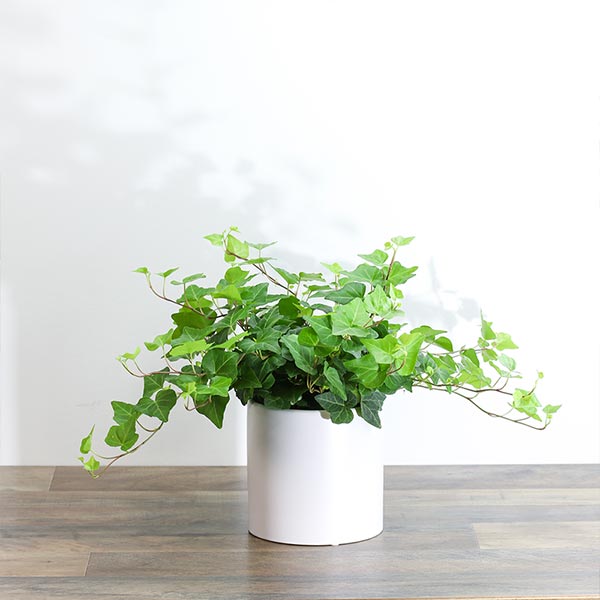
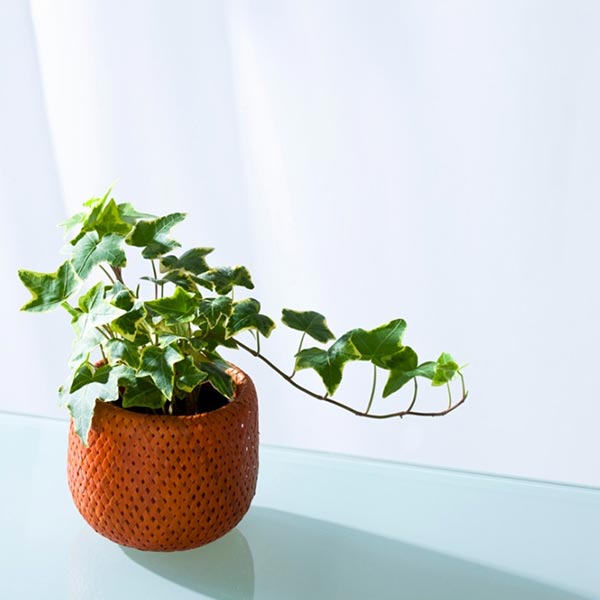
Potting
A lightweight hanging planter as it is best represented as a suspended plant. Adequate drainage.
Other Tips/ Info
Provide a growing support for large plants. Smaller ones can be displayed as a trailing plant.
Preferred Pot Size
5-6 inches
Maximum Height
6 feet
Approx. Spread
4 feet

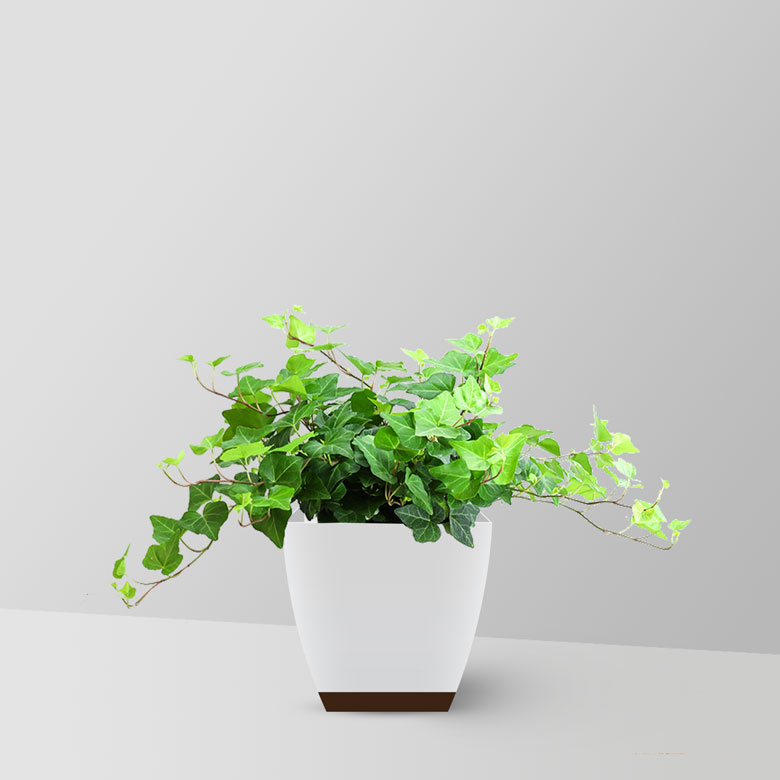

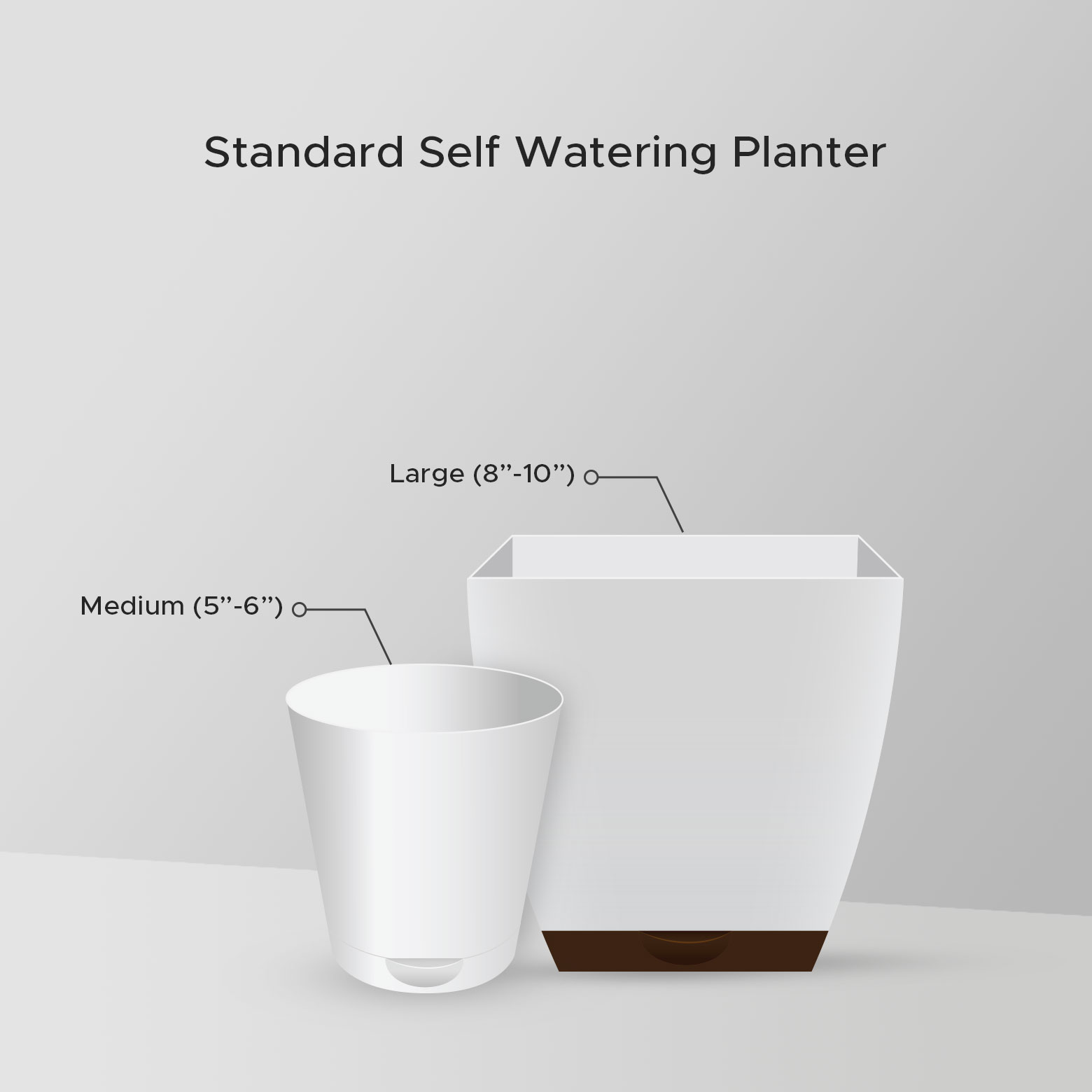
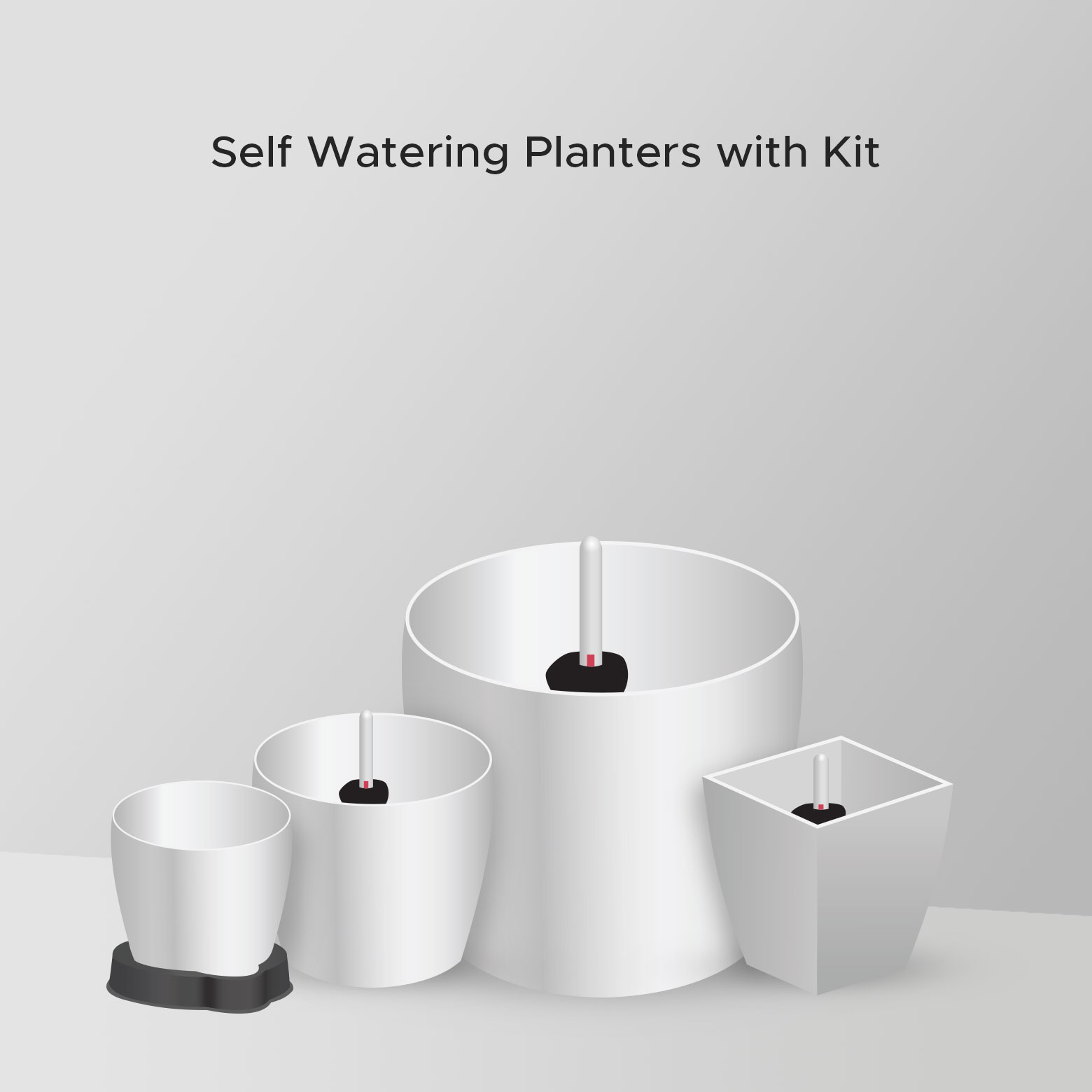
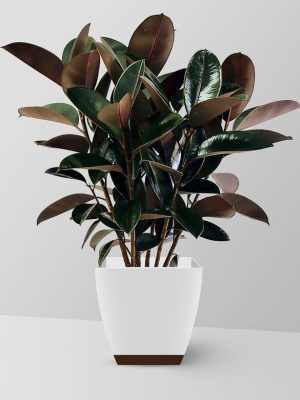
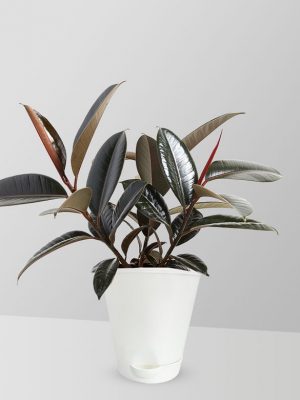

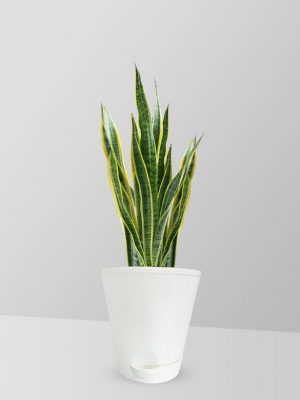
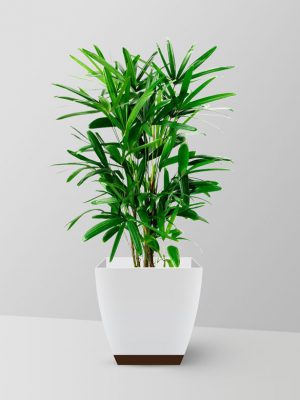
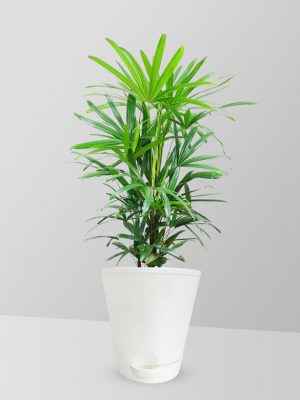
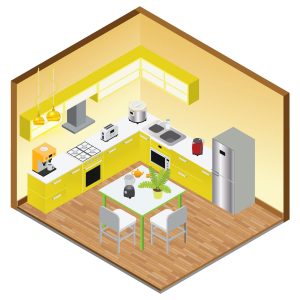

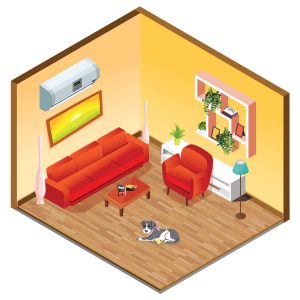
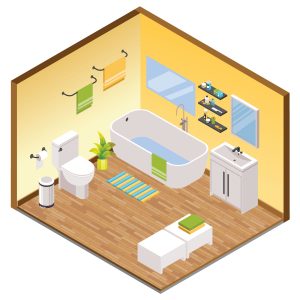
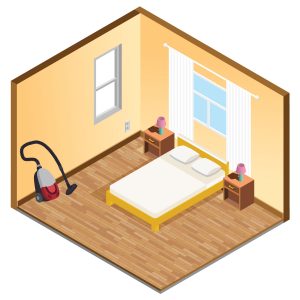
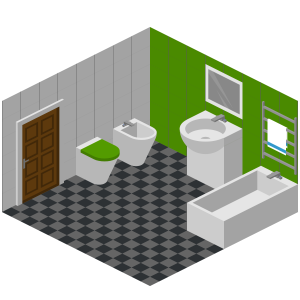

1 review for English Ivy
There are no reviews yet.